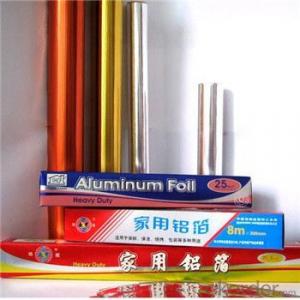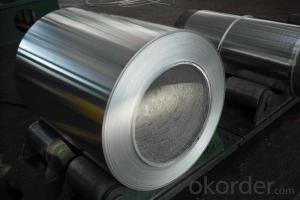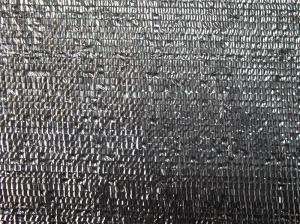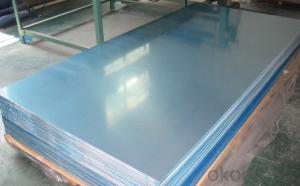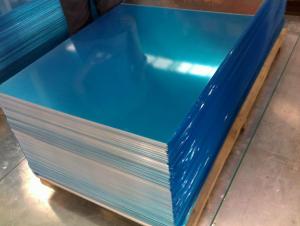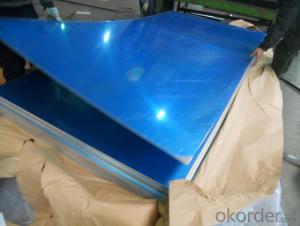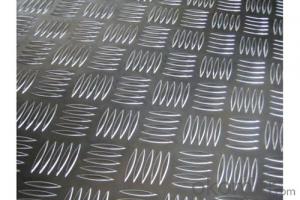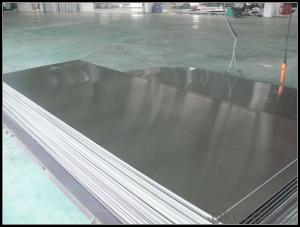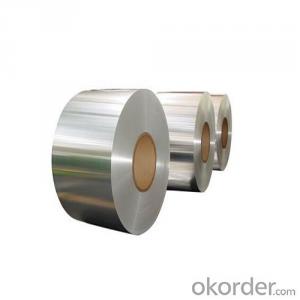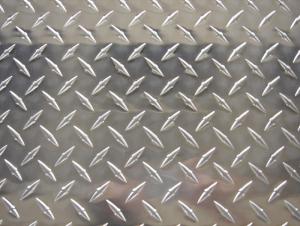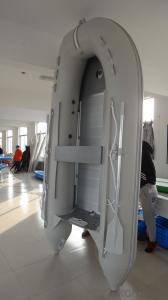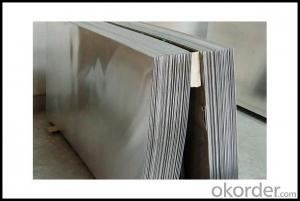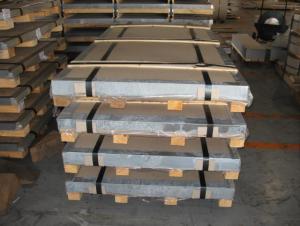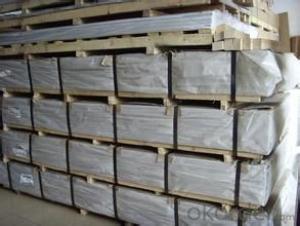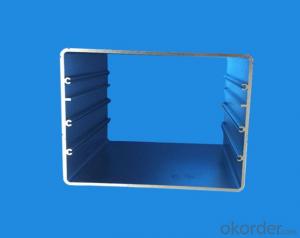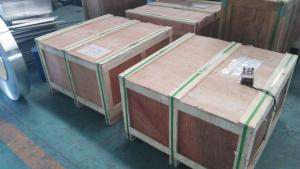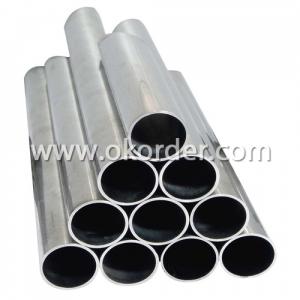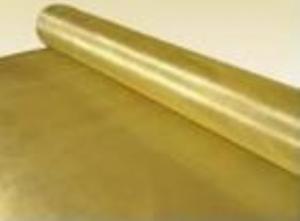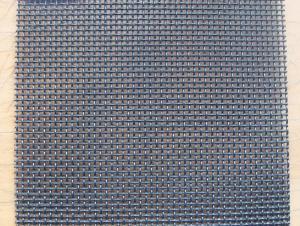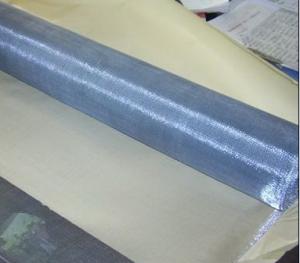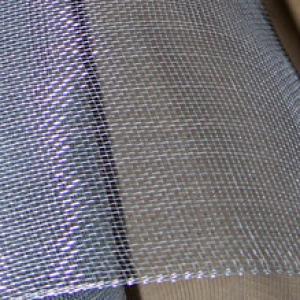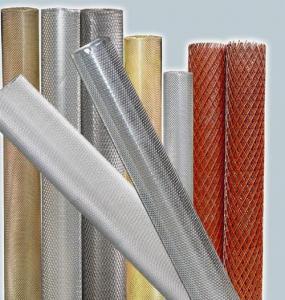1 8 Aluminum Plate Weight
1 8 Aluminum Plate Weight Related Searches
1/8 Aluminum Plate Weight 3 8 Aluminum Plate Weight 1 8 Aluminum Plate 1 8 Inch Aluminum Plate 1 8 Thick Aluminum Plate Weight Of 3/8 Aluminum Plate Aluminum Plate 1 8 Thick 3/8 Aluminum Plate Weight 1 2 Aluminum Plate Weight 1 8 Inch Thick Aluminum Plate 1 8 Aluminum Diamond Plate Weight Of Aluminum Plate 1 4 Aluminum Plate Weight 1 8 Inch Diamond Plate Aluminum 1 8 Inch Aluminum Diamond Plate 8 Inch Aluminum Plate 1 4 Inch Aluminum Plate Weight 1 8 In Aluminum Plate Bending 1 8 Aluminum Plate Weight Of 1 4 Aluminum Plate 5 8 Aluminum Plate Aluminum 1/8 Plate Aluminum Plate 1/8 Thick 3 8 Thick Aluminum Plate 1 8 Aluminum Checker Plate 3 8 Inch Thick Aluminum Plate 3 8 Inch Aluminum Plate 1 8 Black Aluminum Diamond Plate 3 8 Aluminum Plate Aluminum Diamond Plate Weight1 8 Aluminum Plate Weight Supplier & Manufacturer from China
1 8 Aluminum Plate Weight is a type of aluminum product that comes in various thicknesses and dimensions, making it suitable for a wide range of applications. This product is known for its lightweight, corrosion resistance, and high strength, which makes it a popular choice for many industries. The 1 8 Aluminum Plate Weight is commonly used in construction, automotive, aerospace, and other manufacturing sectors where high-quality aluminum materials are required.The 1 8 Aluminum Plate Weight is utilized in various applications, such as structural components, exterior cladding, and decorative elements. Its versatility allows it to be used in both indoor and outdoor settings, making it a popular choice for architects and designers. The product can be easily cut, shaped, and welded, which further enhances its usability in various projects. Additionally, the 1 8 Aluminum Plate Weight is environmentally friendly, as it can be recycled and reused, reducing waste and contributing to a sustainable future.
Okorder.com is a leading wholesale supplier of 1 8 Aluminum Plate Weight, offering a vast inventory of this product to cater to the needs of various industries. With a commitment to quality and customer satisfaction, Okorder.com ensures that the 1 8 Aluminum Plate Weight they provide meets the highest standards. Their extensive inventory allows customers to find the exact specifications and quantities they require, making Okorder.com a reliable source for purchasing this essential material.
Hot Products


